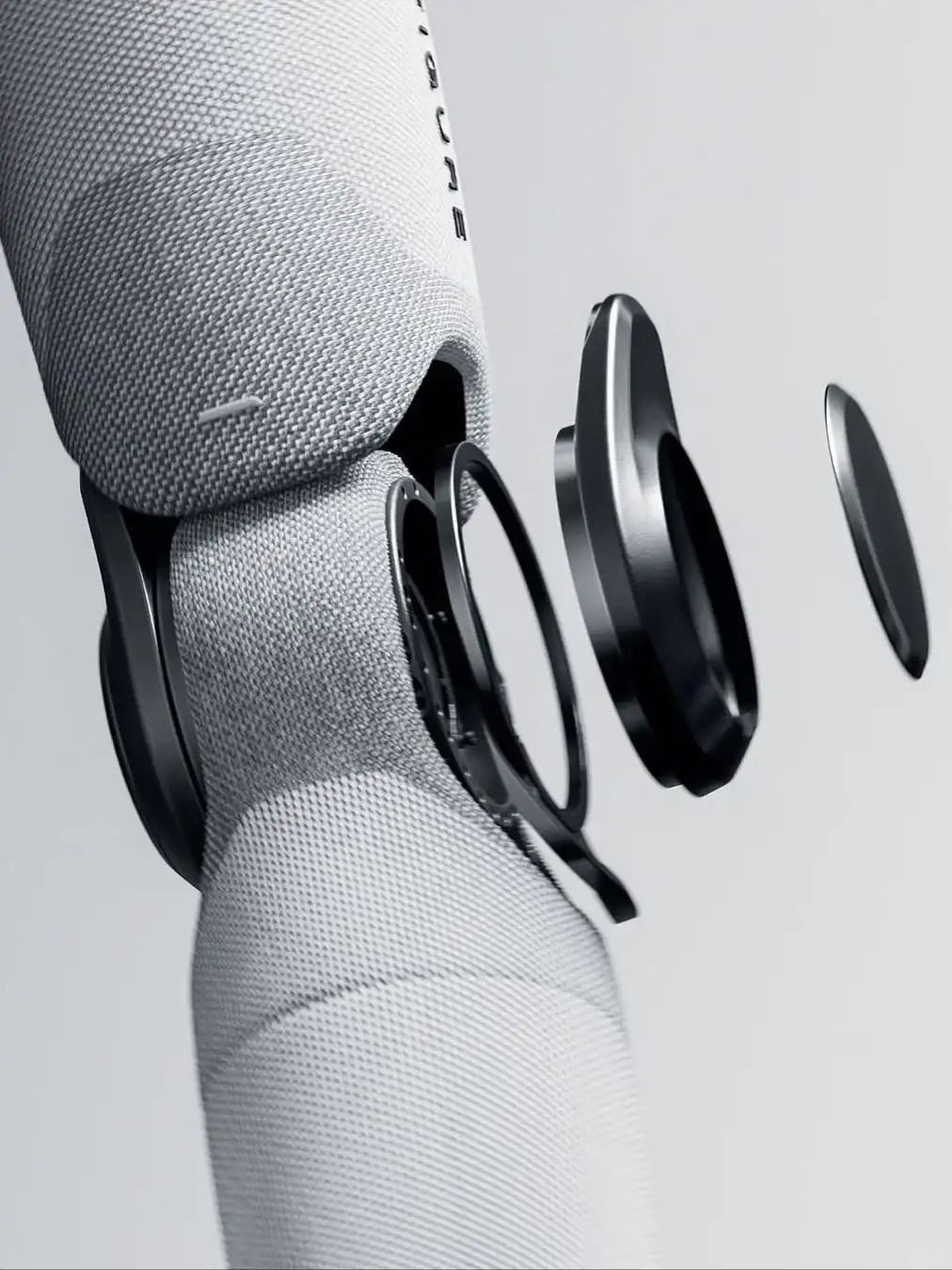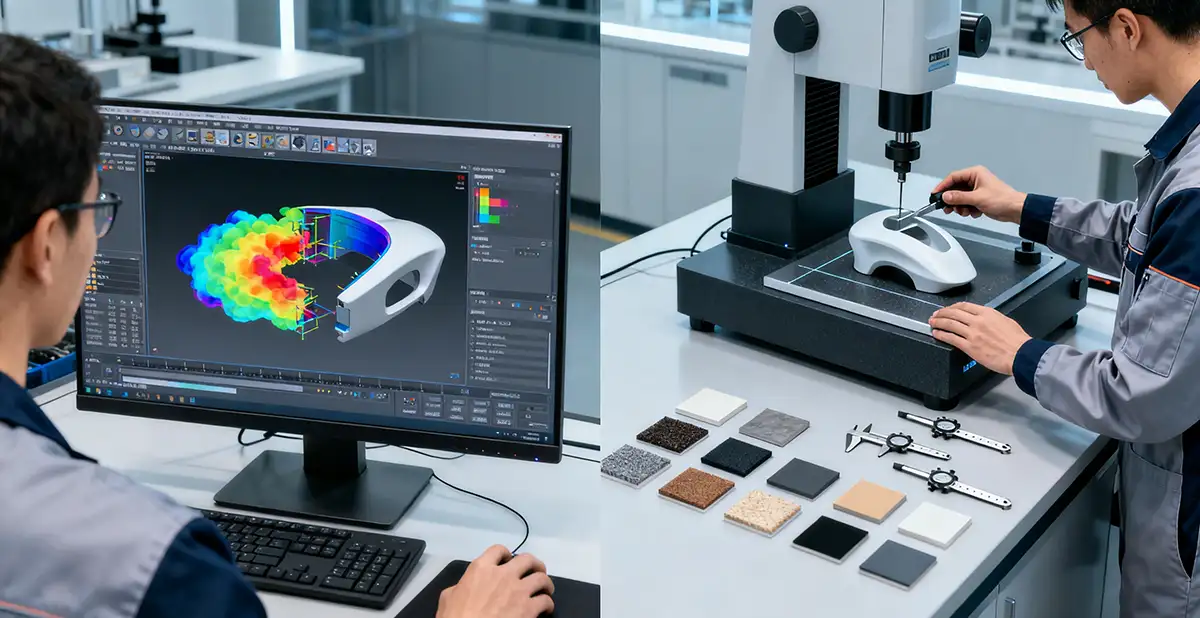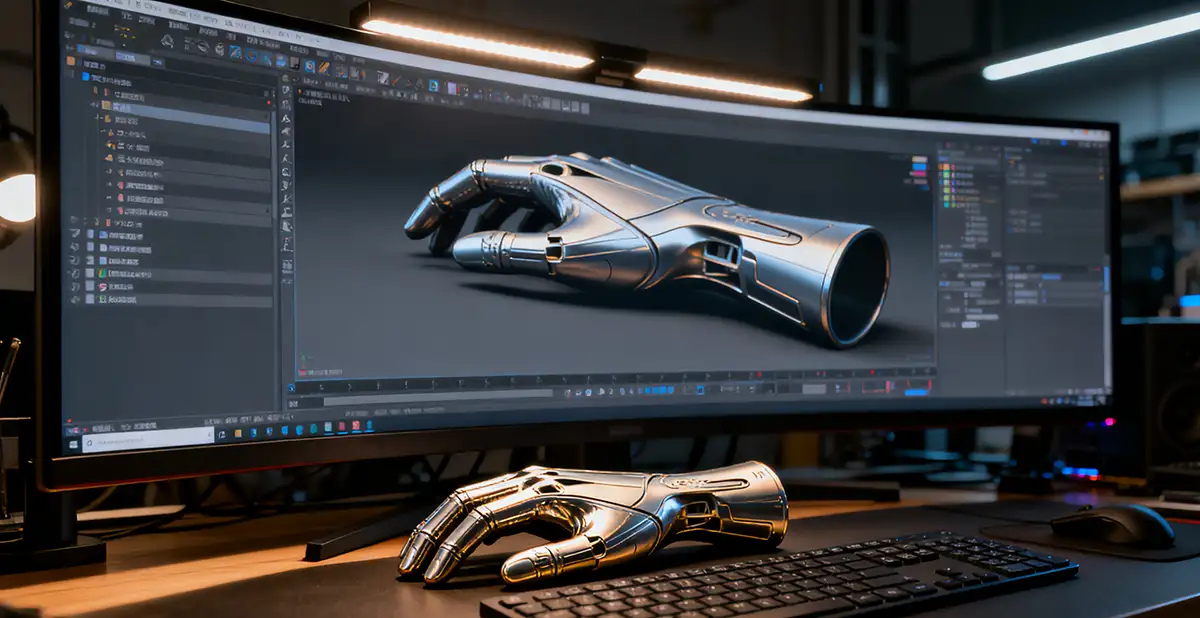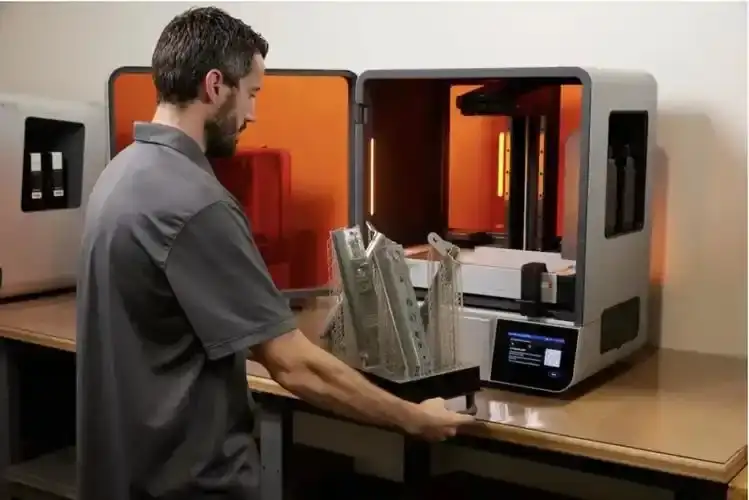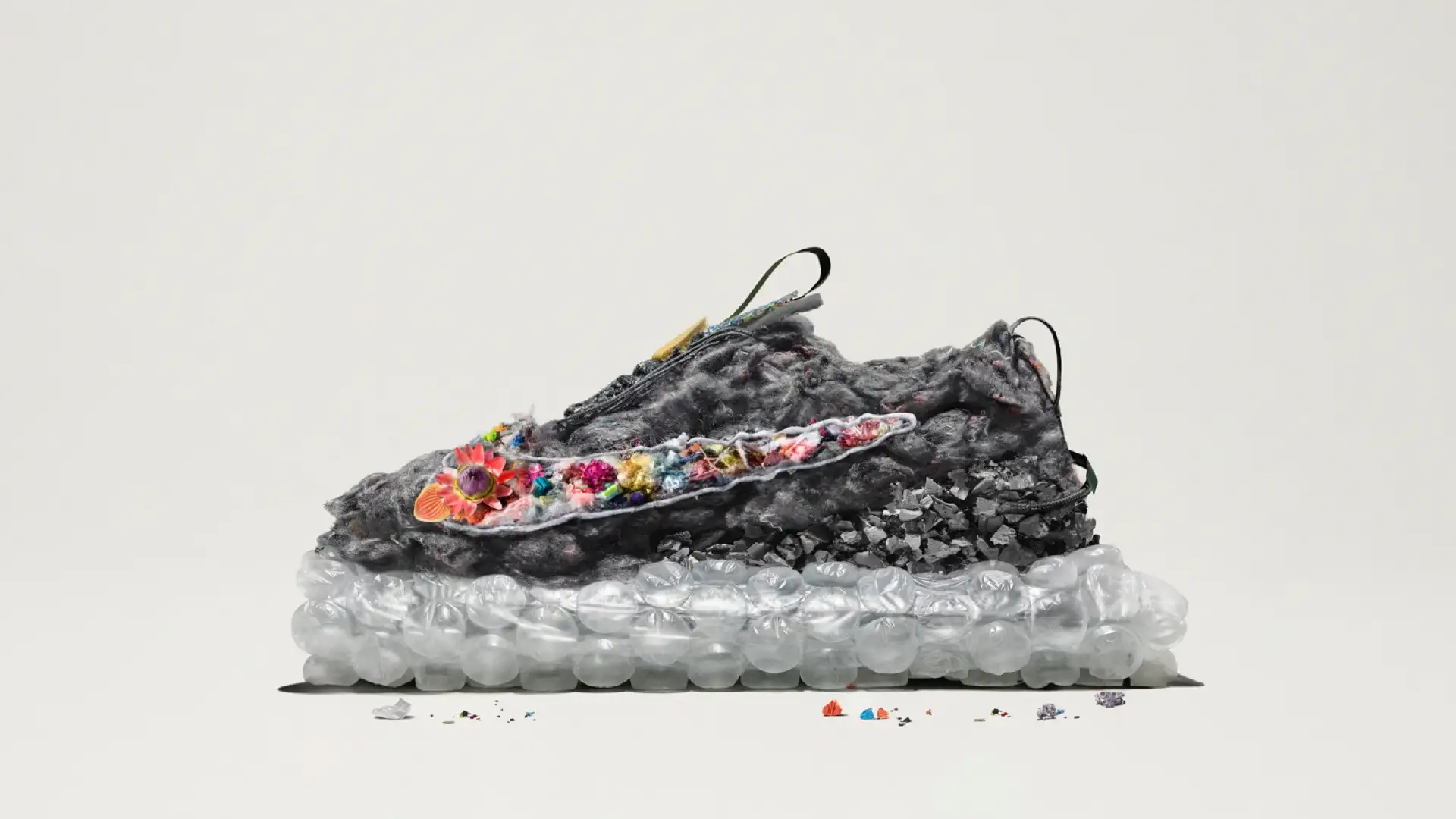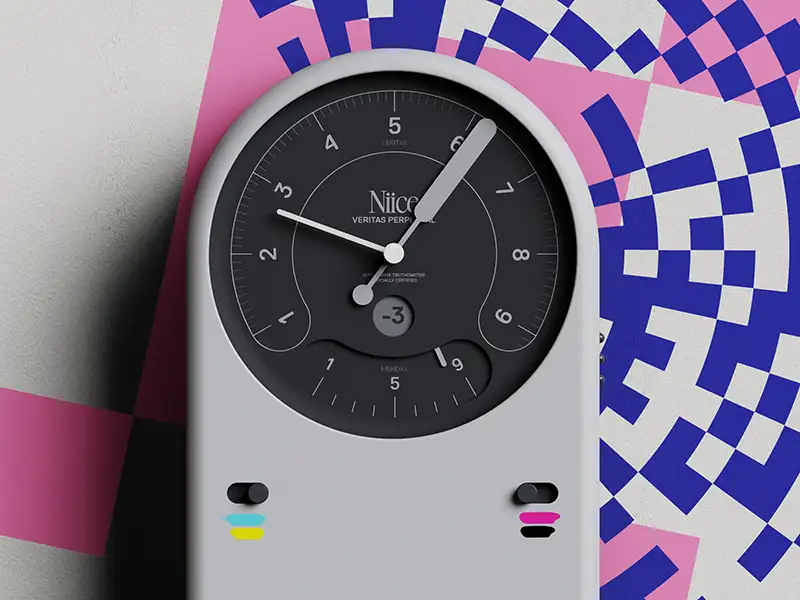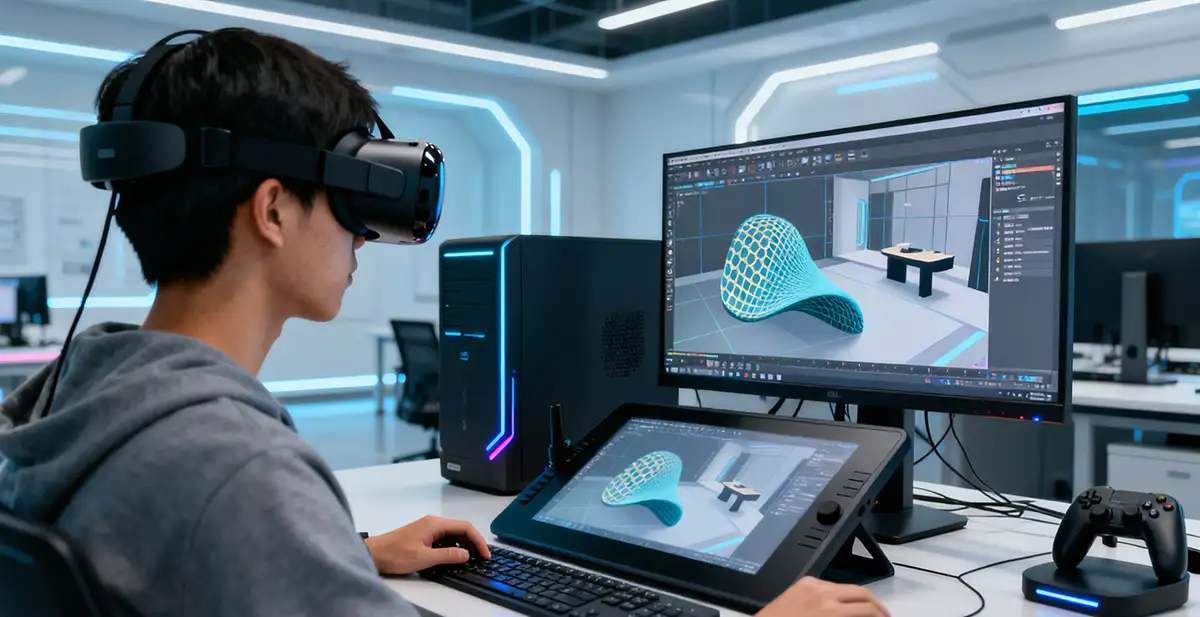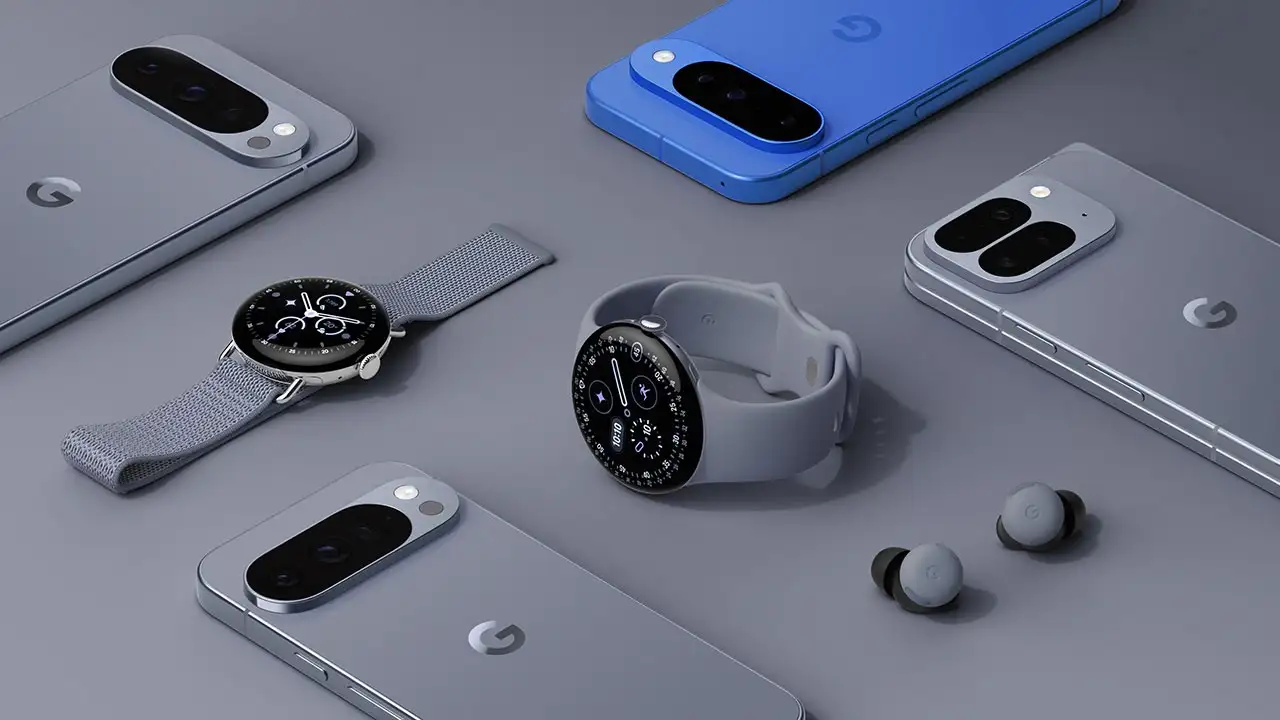NINEIDEA:聊深圳工业设计领域找工作,别从高大上的概念开始。你得先感受一下这里空气里的味道——华强北飘着的焊锡味,混着科技园咖啡馆的咖啡香。这儿的设计,是长在供应链上的,带着工厂机油和3D打印机发热的味道。如果你正琢磨来这儿找份工作,别光盯着薪资和职位,先听听这儿的老炮儿们不会写在招聘需求里的几条实话。
@NINEIDEA九号创新 www.nineidea.com

第一,你得知道这儿的设计公司分“几种活法”。
一种,是跟着大厂跑。你在某个巨头公司的设计部,专门伺候自家产品。好处是资源管够,一个项目磨半年,能让你知道什么叫“深度”。但有时候,你也得学会在庞大的流程里跳舞,你的设计可能只是庞大机器里的一颗螺丝。
另一种,是专业设计事务所。它们像特种部队,接各种客户的案子,从智能家居到医疗器械,五花八门。在这里,你一年见的世面可能顶别人三年,快速迭代,啥都懂点。但节奏快得飞起,昨天的手绘,今天就要渲染图,明天可能就要跟进模具。
还有一种,是混迹在初创团队。你可能什么都得干,从画图到跟供应链吵架,甚至还要帮着想文案。这里没有边界,你的设计直接关系着公司的生死。风险大,但一旦成了,那份成就感,没得比。
搞清楚自己想怎么“活”,再投简历。
第二,这里不缺会画图的人,缺的是“能搞定”的人。
面试的时候,别光带一本漂漂亮亮的效果图来。那玩意儿,十年前是竞争力,现在只是敲门砖。
老板和产品经理最想听的,是你翻开作品集,指着其中一个说:“这个弧度,我跟模具师傅吵了三天,最后用了‘火山口’式的结构,成本只加了两毛钱,但良品率上去了30%。”或者,“这个表面处理,我们试了七种方案,才找到既像金属质感又能通过信号测试的涂层。”
深圳的设计,美感是基本功,在成本、工艺和用户体验之间走钢丝,才是真本事。
你得证明你的设计能从电脑屏幕里走出来,顺利地从生产线上跑下来。

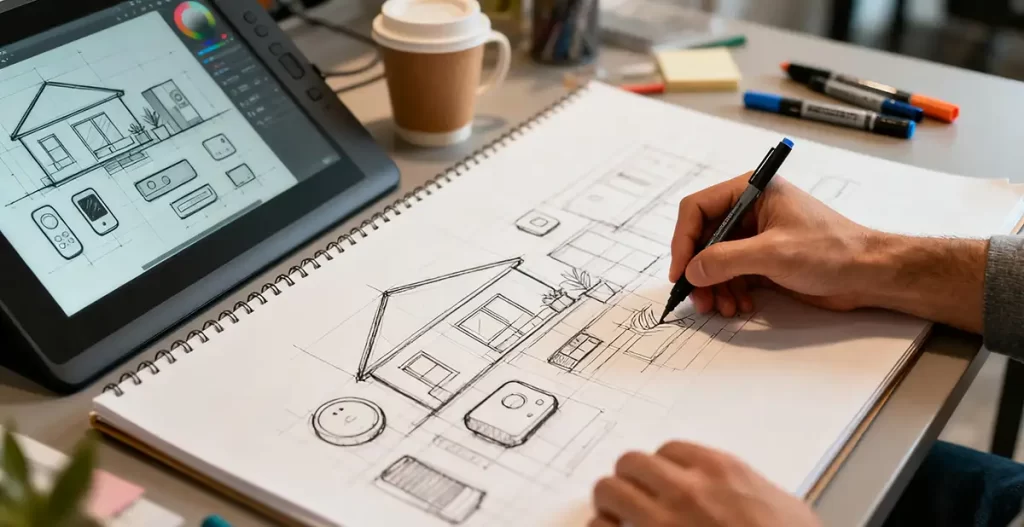
第三,别把自己锁在电脑前。
在深圳做设计,你的人脉和你的鼠标一样重要。周末别老是宅着,去逛逛T街创意市集,或者找个由头去宝安的模具厂转转,跟老师傅抽根烟聊聊天。你说不定就能拿到一个打样老师的私人电话,下次项目急的时候,能救你的命。
很多机会,不是在招聘网站上刷出来的,是在某次分享会的咖啡时间里聊出来的。这座城市奖励那些愿意走出来,混圈子的年轻人。
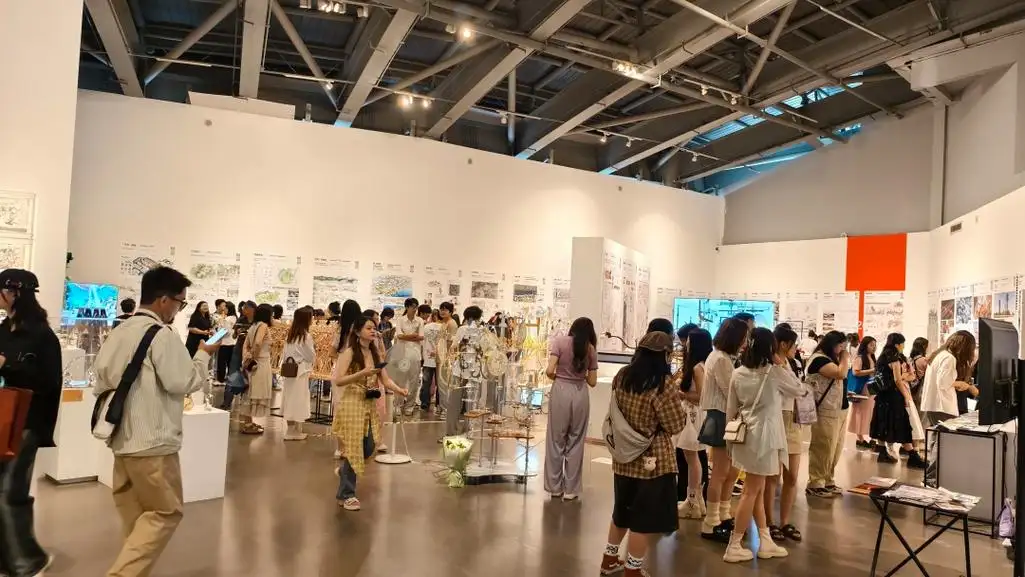

最后,也是最重要的,想清楚你是来“镀金”的,还是来“打铁”的。
深圳不相信眼泪,但犒赏拼命和聪明。这里压力大,加班多是常态,你会被无数个“不可能”的任务和修改意见折磨。但当你看到满大街的人用着你参与设计的产品,当华强北的柜台上摆着你们品牌的“公模”时,那种扎扎实实的成就感,是别的城市很难给你的。
所以,想好了就过来。带上你的热情,也准备好你的抗压能力。这儿的设计江湖,卷是真的卷,但机会,也是真的大。
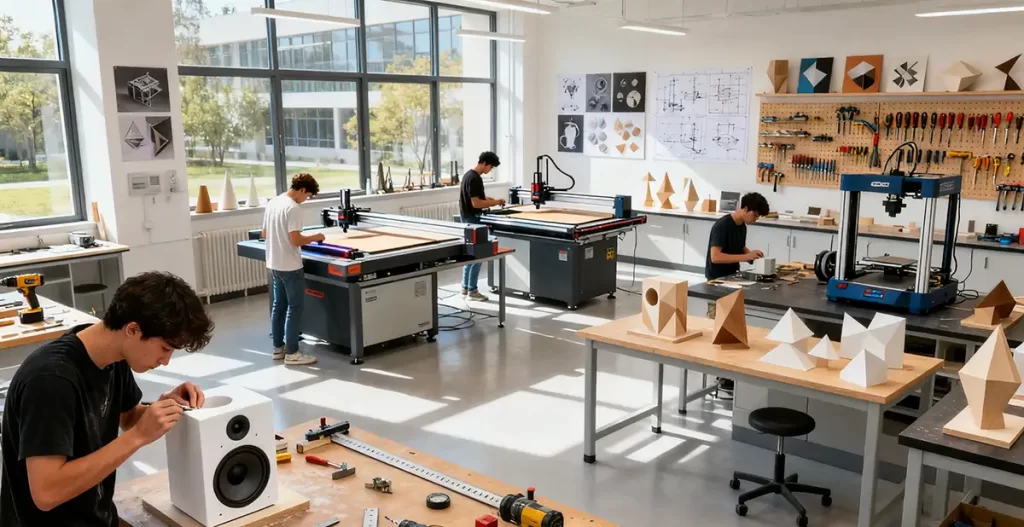
Are you looking for a job in the field of industrial design in Shenzhen? You must know these points
NINEIDEA: When talking about industrial design in Shenzhen, don’t start with the concept of being tall. You have to first feel the smell in the air here – the soldering smell of Huaqiangbei, mixed with the coffee aroma of the science park caf é. The design here is rooted in the supply chain and carries the smell of factory oil and 3D printer overheating. If you are considering coming here to find a job, don’t just focus on salary and position. First, listen to a few truths that the veteran here won’t include in their recruitment requirements.
Firstly, you need to know how the design companies here operate.
One way is to follow the big companies. You work in the design department of a giant company, specializing in serving your own products. The advantage is that with sufficient resource management, a project that takes six months to complete can help you understand what “depth” means. But sometimes, you also have to learn to dance in a massive process, and your design may just be a screw in a massive machine.
Another type is professional design firms. They are like special forces, taking on various clients’ cases, ranging from smart homes to medical devices, with a wide variety. Here, the world you see in a year may surpass others in three years, iterate quickly, and understand everything. But the pace is so fast that it flies. Yesterday’s hand drawing, today’s rendering, and tomorrow we may have to follow up on the mold.
Another type is to blend in with start-up teams. You may have to do everything, from drawing to arguing with the supply chain, and even helping with copywriting. There are no boundaries here, your design directly affects the life and death of the company. The risk is high, but once it is achieved, the sense of accomplishment cannot be compared.
Find out how you want to “live” before submitting your resume.
Secondly, there is no shortage of people who can draw here, what is lacking are those who can handle it.
Don’t just bring a beautiful rendering during the interview. That thing was competitive ten years ago, but now it’s just a stepping stone.
What the boss and product manager want to hear the most is when you open a portfolio and point to one of them, saying, “I argued with the mold master about this curvature for three days, and finally used a ‘volcano like’ structure. The cost only increased by 20 cents, but the yield rate increased by 30%.” Or, “We tried seven different surface treatments before finding a coating that looks both metallic and passes signal testing
Aesthetics is the fundamental skill in Shenzhen’s design, and walking a tightrope between cost, craftsmanship, and user experience is the true skill.
You have to prove that your design can come out of the computer screen and smoothly run off the production line.
Thirdly, don’t lock yourself in front of the computer.
When doing design in Shenzhen, your network is as important as your mouse. Don’t always stay at home on weekends. Go to the T Street Creative Market or find an excuse to visit the mold factory in Bao’an and chat with teacher Fu Xuan. You might be able to get a private phone number for a sample teacher, which could save your life the next time the project is urgent.
Many opportunities are not discovered on recruitment websites, but rather discussed during coffee breaks at a sharing event. This city rewards young people who are willing to step out and socialize.
Finally, and most importantly, think carefully whether you are here to ‘gild’ or ‘forge’.
Shenzhen doesn’t believe in tears, but rewards hard work and intelligence. There is a lot of pressure here, and overtime is the norm. You will be tormented by countless “impossible” tasks and revision suggestions. But when you see people on the streets using the products you participated in designing, and when your brand’s “public model” is displayed on the counter in Huaqiangbei, that solid sense of achievement is difficult for other cities to give you.
So, come over when you’ve decided. Bring your passion and prepare your resilience. The design world here is real, but the opportunities are also really big.













